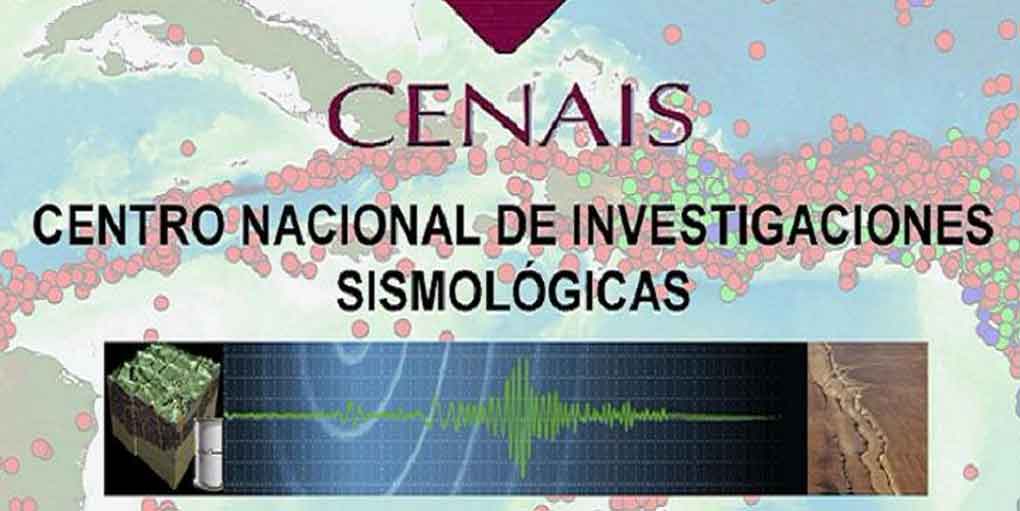The epicentre of the first of these events was located in the sea some 47 kilometres south of the coastal town of Pilon, Granma province, at a depth of 14.2 kilometres, according to the center’s director, Enrique Arango.
The expert told Cuban television that the authorities of Santiago de Cuba and Granma, the hardest hit, were still assessing the damages caused by such powerful events and that information would be made available to the Cuban people.
Authorities in Granma confirmed to Cuban television that there had been damage to houses and other buildings of various sizes, but that no human casualties had been reported. They urged people living in mountainous areas to be vigilant, especially in view of the landslides that could occur under such conditions.
The tremors were felt in Santiago de Cuba, other eastern provinces and Ciego de Avila, in the centre of the island, although to a lesser extent.
The expert explained that the tremors were also felt in the Bahamas, the Cayman Islands, Jamaica, Haiti and the US outlying islands.
Faced with this unexpected tremor, the discipline and seismological education insisted on in Santiago de Cuba had a positive response, with an attitude of serenity and calm in the majority of the city’s population, the provincial radio station CMKC reported.
The Simos have been the most strongly felt in this Levantine region of Cuba. They have happened after hurricane Oscar caused havoc in the eastern province of Guantanamo and hurricane Rafael in the western provinces of Artemisa, La Habana, Mayabeque, Isle of Youth and Pinar del Rio.
mh/lb/lld









